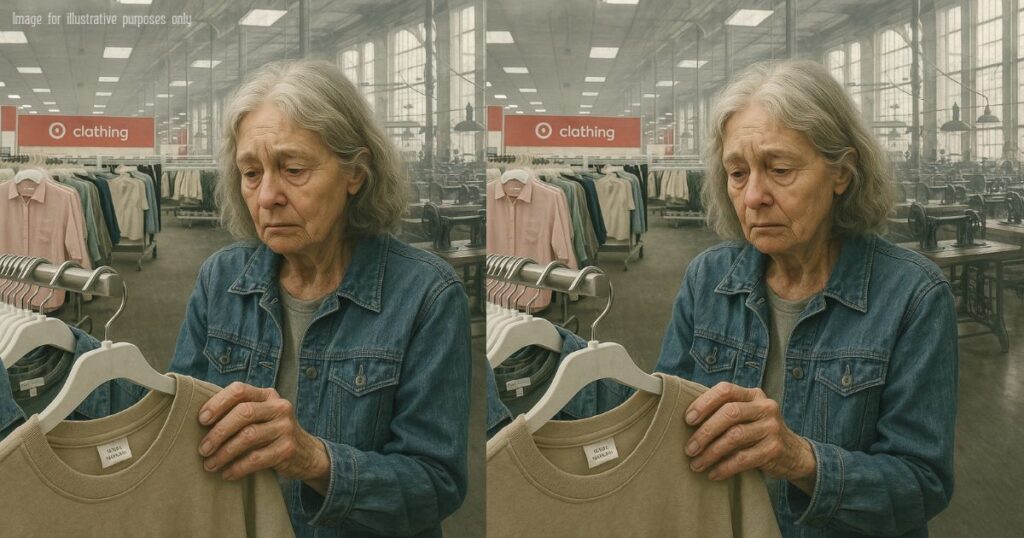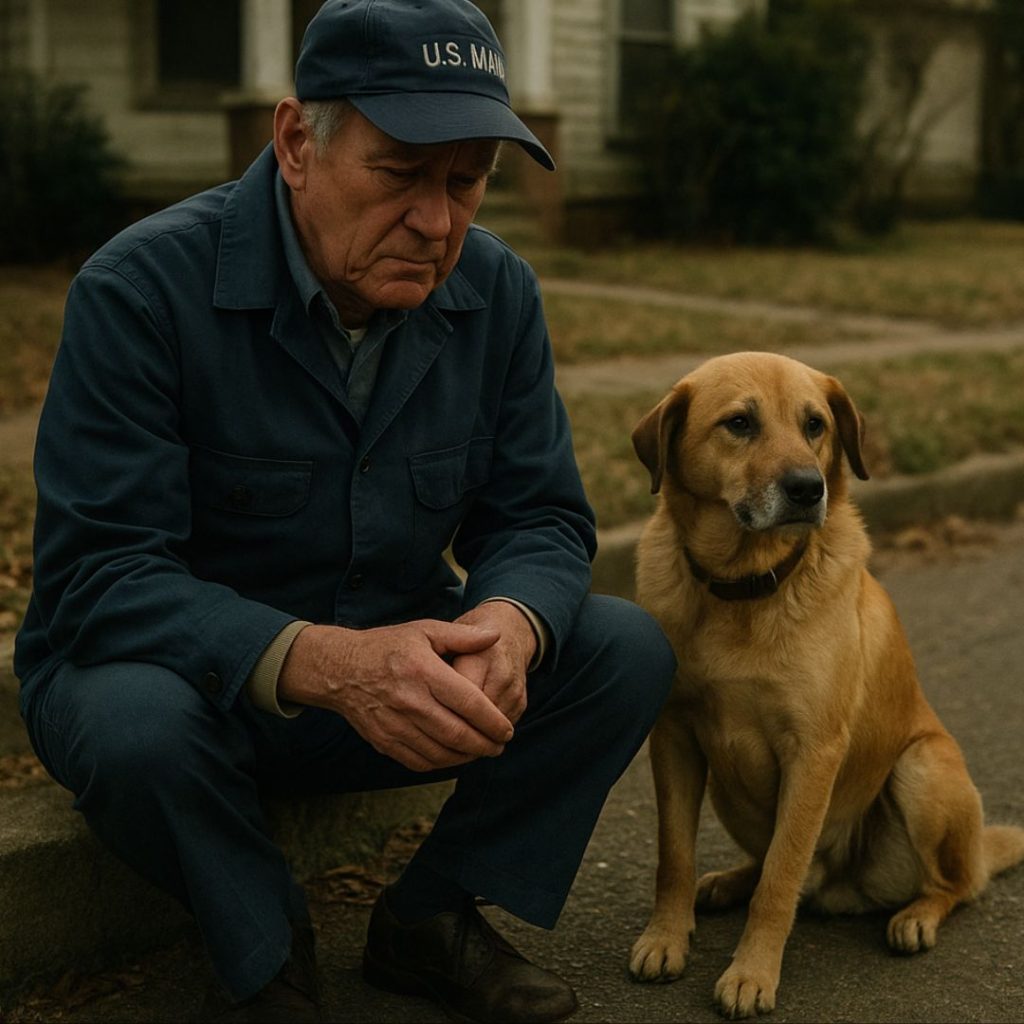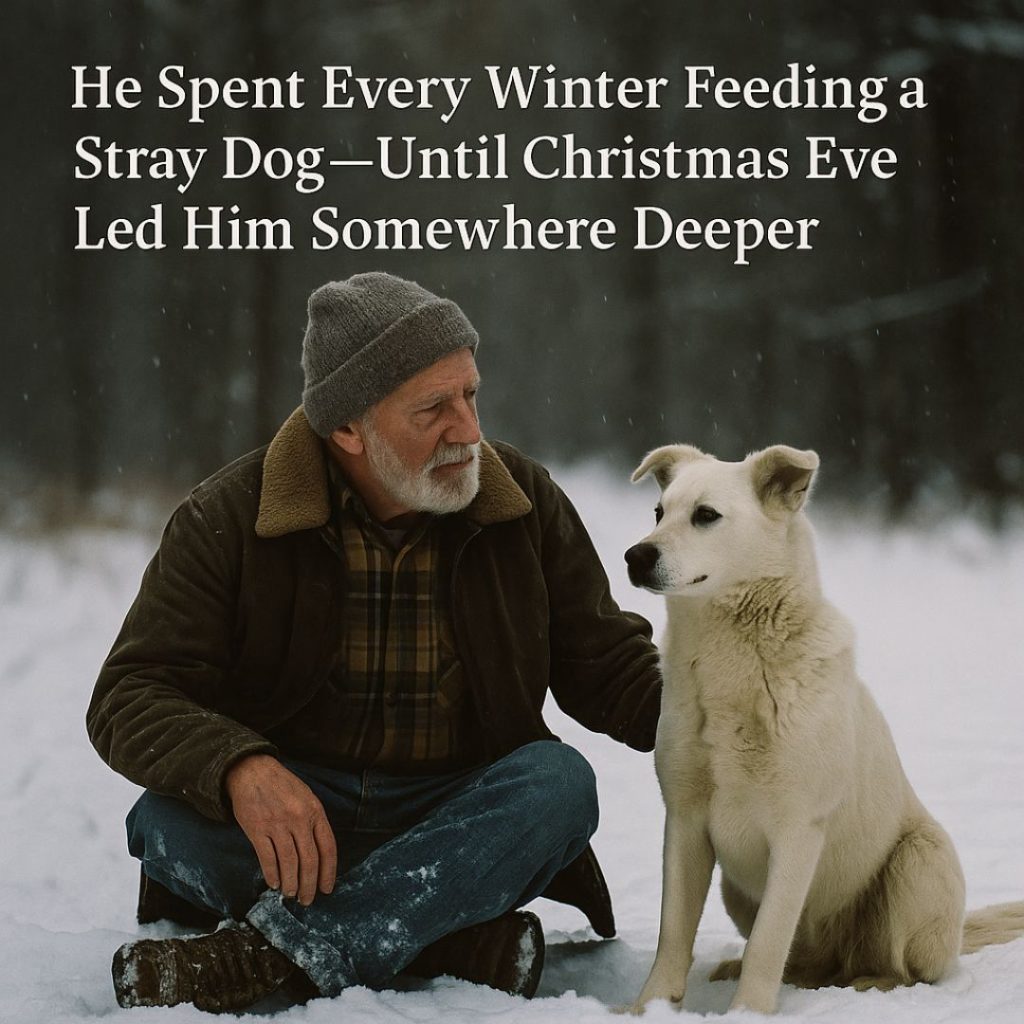—and just like that, I felt seen.
Not by my kids, or the companies that gutted our town.
But by a stranger with a camera and a heart.
For the first time since the factory shut its doors, I didn’t feel like a ghost.
That photo hangs in my kitchen now, next to Walt’s wrench set and the clock that hasn’t ticked since 2007.
When I pass it, I whisper to myself:
You mattered.
Even if the machines are silent.
Even if no one wears your stitches anymore.
You mattered.
And sometimes, that’s enough to keep the coffee warm and the porch light on.
The sewing machine came in a box the size of a kitchen sink.
No note. Just a return address from somewhere in Massachusetts.
I thought it was a mistake at first—maybe one of the kids sent me something and forgot to call. But when I peeled back the cardboard and lifted out the foam, there it was. Brand new. Heavy as sin. Smooth metal, digital display, built-in light.
I hadn’t touched a machine in nearly five years. My fingers still stiff, still knotted with arthritis. Still grieving the rhythm that used to guide them.
But I plugged it in anyway.
It whirred to life like something alive. Not like the old mechanical beasts we used at the factory, with their chattering belts and oil-smelling breath. This one purred. Gentle. Patient.
Like it was waiting for me.
I ran my hands across the smooth body. It wasn’t familiar—but the feeling was.
Creation.
That little camera girl—I don’t know for sure, but something told me she sent it. Maybe she thought I’d want to stitch again. Maybe she knew I needed to.
It took weeks before I had the courage to try.
Even threading the needle took three tries, and I had to use one of those little wire loops my mother once kept in her drawer beside the peppermint candies. But the first time the needle sank through cloth again, I swear I felt my heart tighten.
Not with pain.
With memory.
It came back slow. Not all at once. Like watching a sunrise through fog.
First a pillowcase. Then a tote bag. Then a little denim apron for the neighbor’s boy who helps me carry groceries up the porch.
The arthritis didn’t go away. But the ache was quieter when I was sewing.
A few months later, I started going to the church basement on Tuesdays. Just a few old women and me—some quilters, some just there to talk. They all knew how to hold a thread steady in shaking hands.
We started a project: making blankets for veterans at the nearby nursing home.
One woman had lost her husband in Vietnam. Another’s son came back from Iraq with more scars inside than out. We didn’t ask many questions. We just stitched. And prayed, silently, between the seams.
We called it Warmth With Honor. I made the labels myself—just like the old days.
“Made by Hands That Remember.”
And Lord, do these hands remember.
Last month, I got a letter from the archive project.
That photo of me, standing in front of the shuttered mill, is now in the state museum’s exhibit on American labor history. Right there next to black-and-white photos of coal miners and wartime riveters.
I laughed when I read it. Me—in a museum. My kids didn’t believe it ‘til I showed them the brochure.
My grandson said, “Grandma, you’re like… history.”
I just smiled and said, “Baby, I am history. So are you. You just haven’t lived enough of it yet to see it.”
And here’s the thing.
We didn’t disappear.
We became quiet.
We were never the ones on magazine covers or morning talk shows. But we kept the country clothed, fed, moving forward.
We stitched the seams.
We turned the bolts.
We flipped the pancakes and mopped the floors.
We drove the buses and raised the babies and folded the flags.
And when our jobs were sent away, when our names were no longer on the payroll, we didn’t stop being.
We found other ways to build.
Other hands to hold.
Other ways to matter.
There’s a new girl in town—just 23. Single mom. Works two jobs. Keeps to herself.
Last week, I left a homemade baby quilt on her porch. Blue flannel with tiny white stars. No note. Just a label stitched in the corner.
“With love, from someone who’s been there.”
I don’t know if she’ll ever knock on my door or send a thank-you.
That’s not why I did it.
I did it because these hands—these old, worn, hurting hands—
still know how to comfort a stranger.
And in a world that forgets the people who once held it together,
maybe the quiet things we leave behind…
are the loudest proof we were ever here.
“I may not be on the label anymore, but my hands are still in the fabric.”


